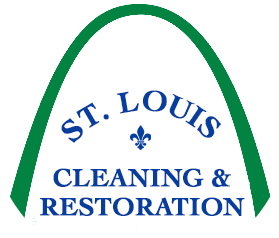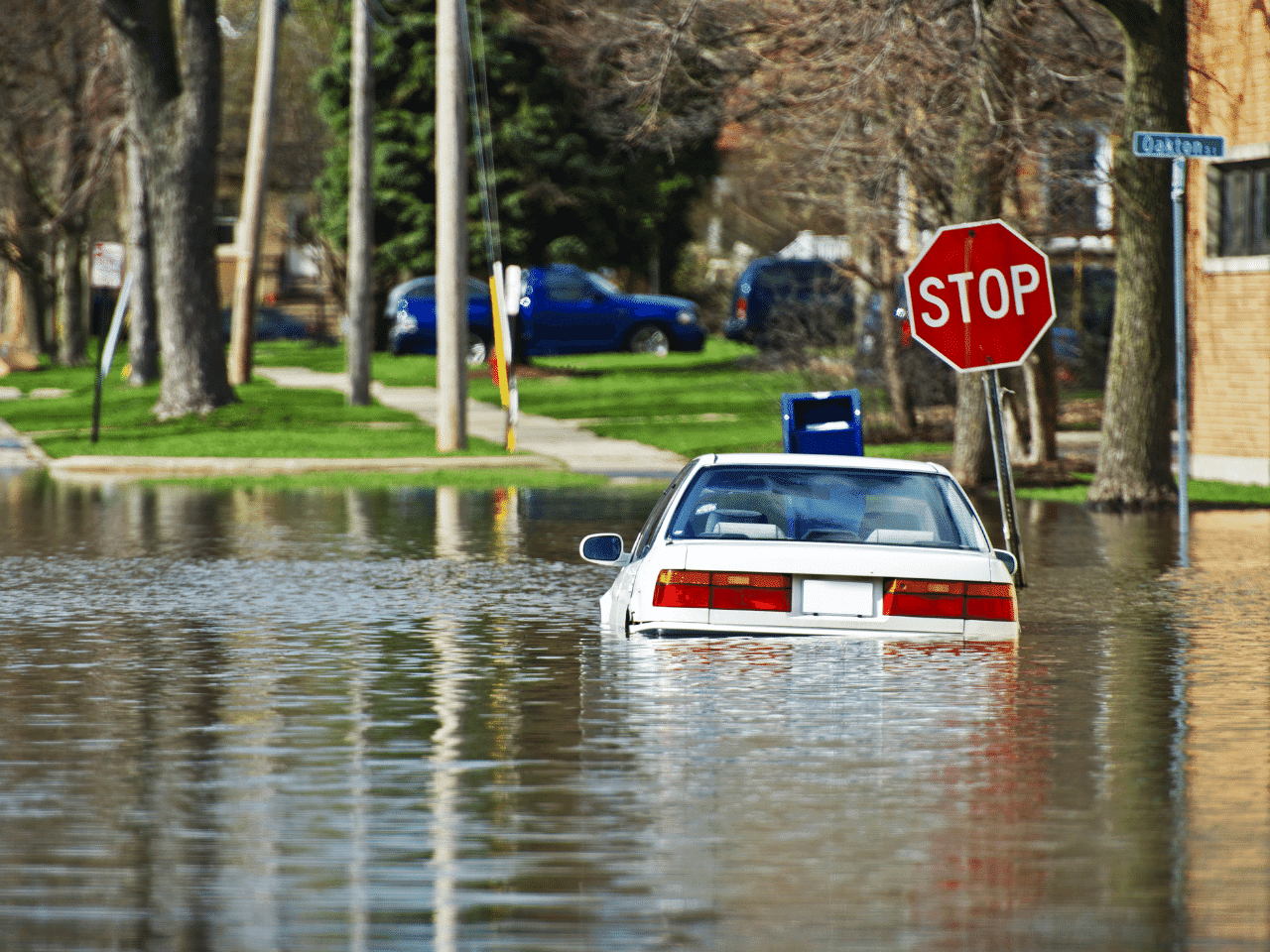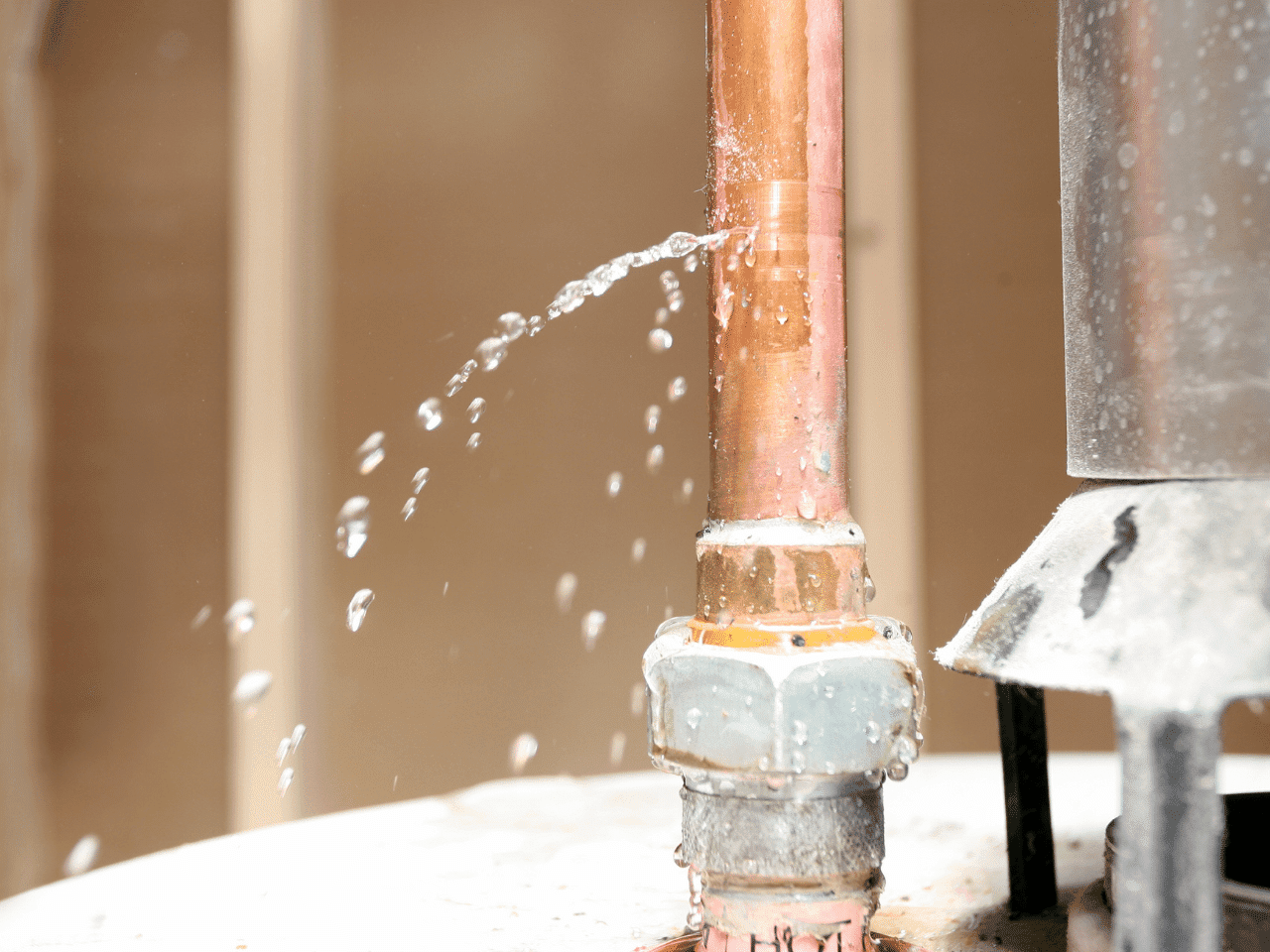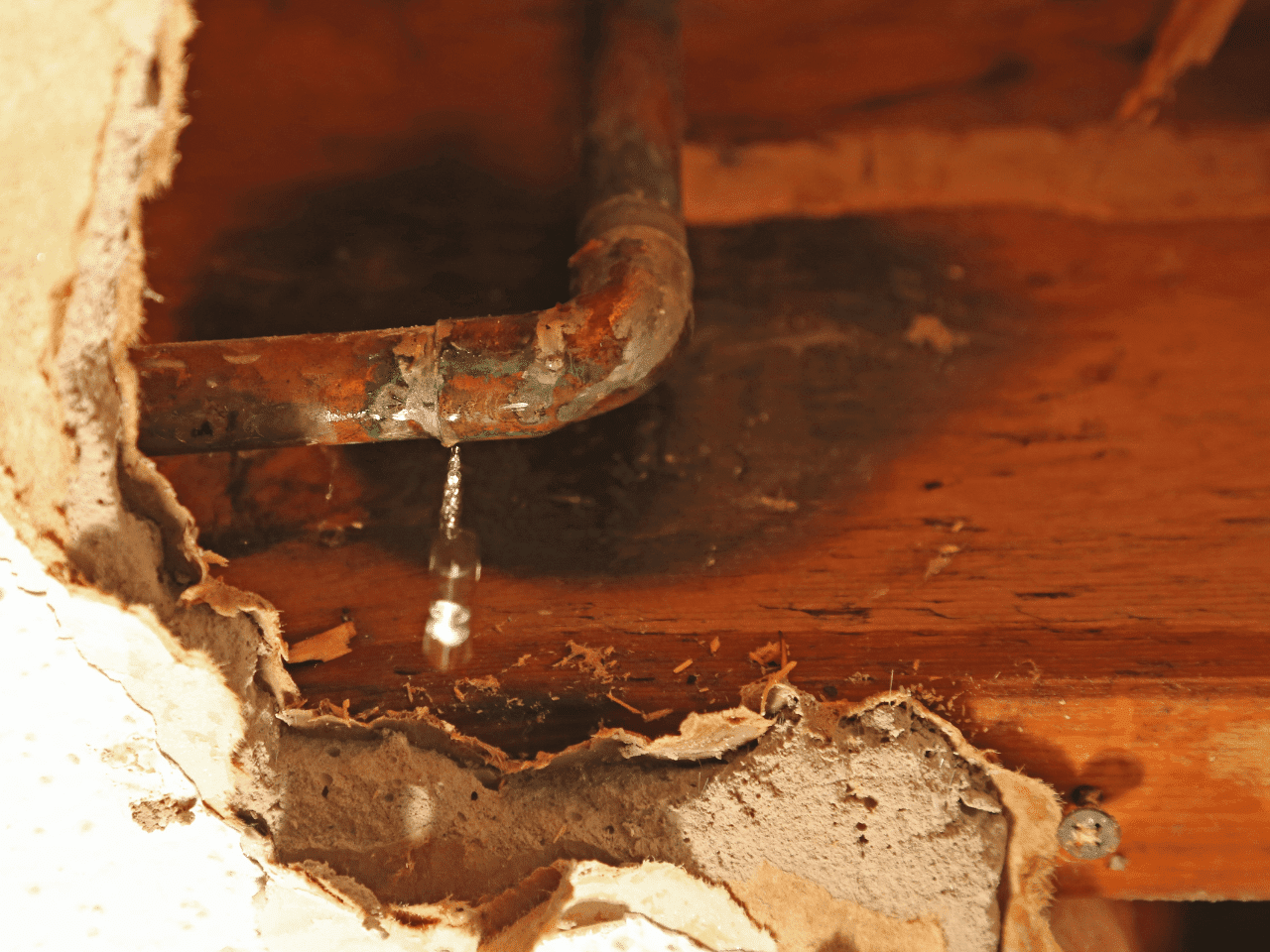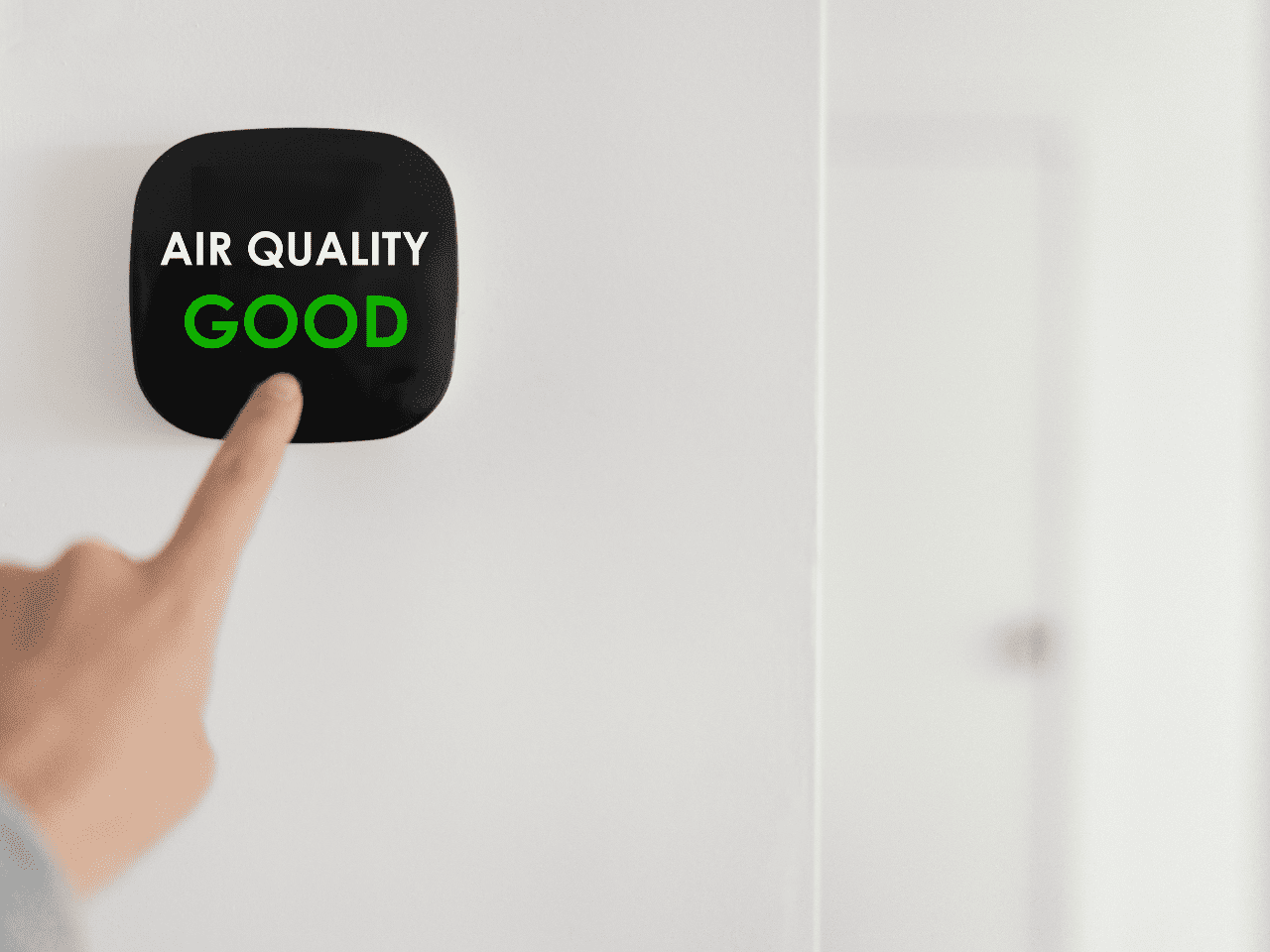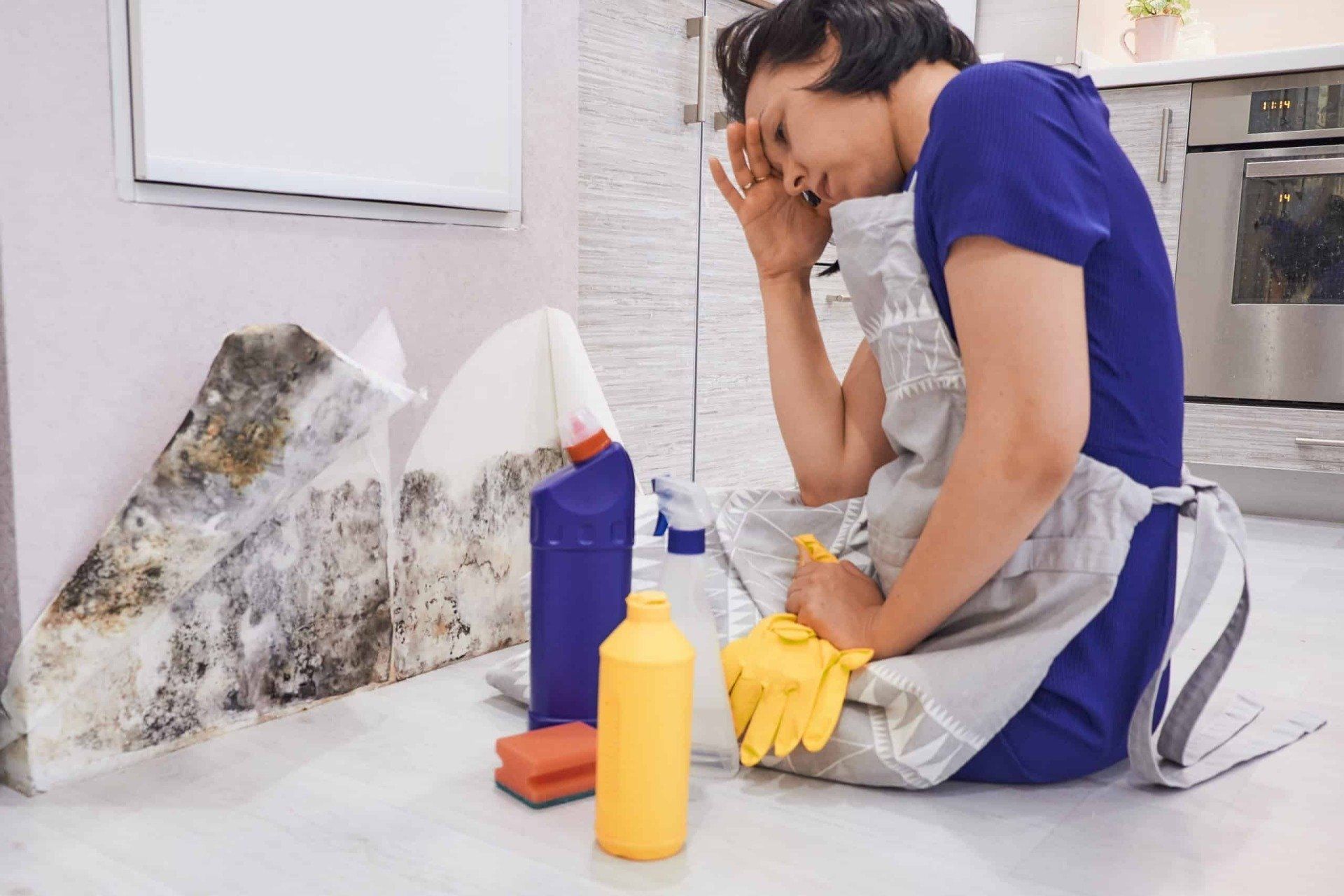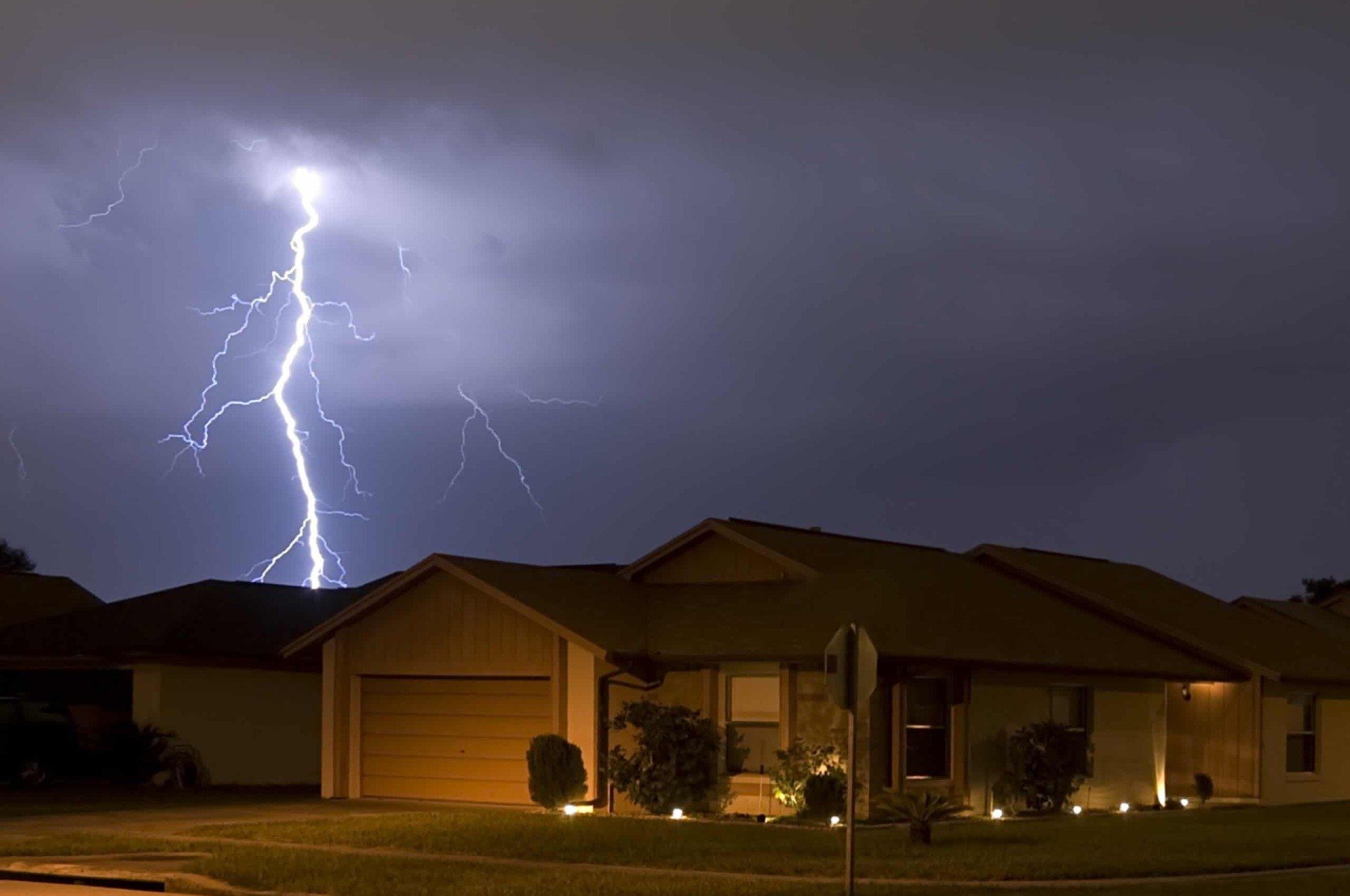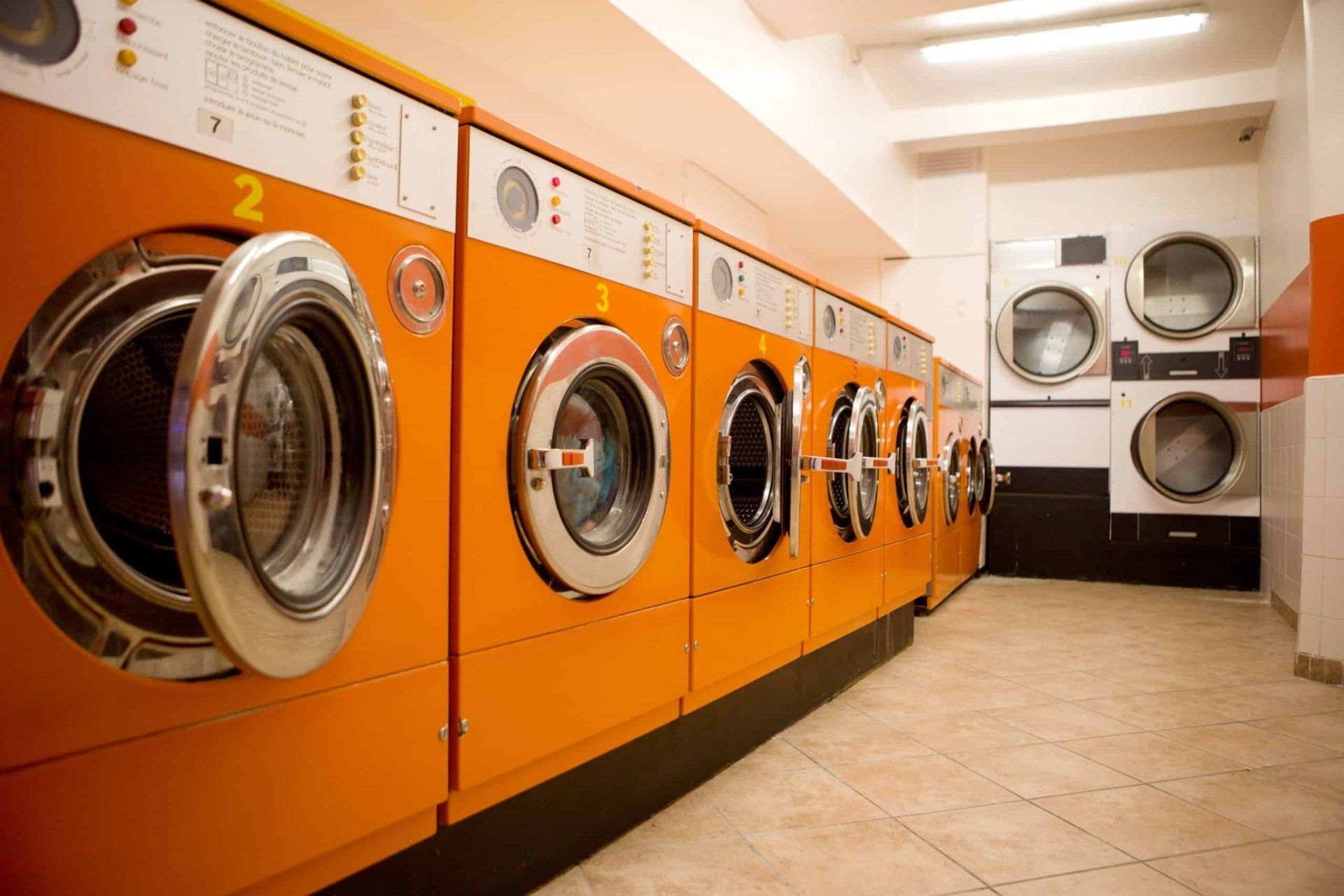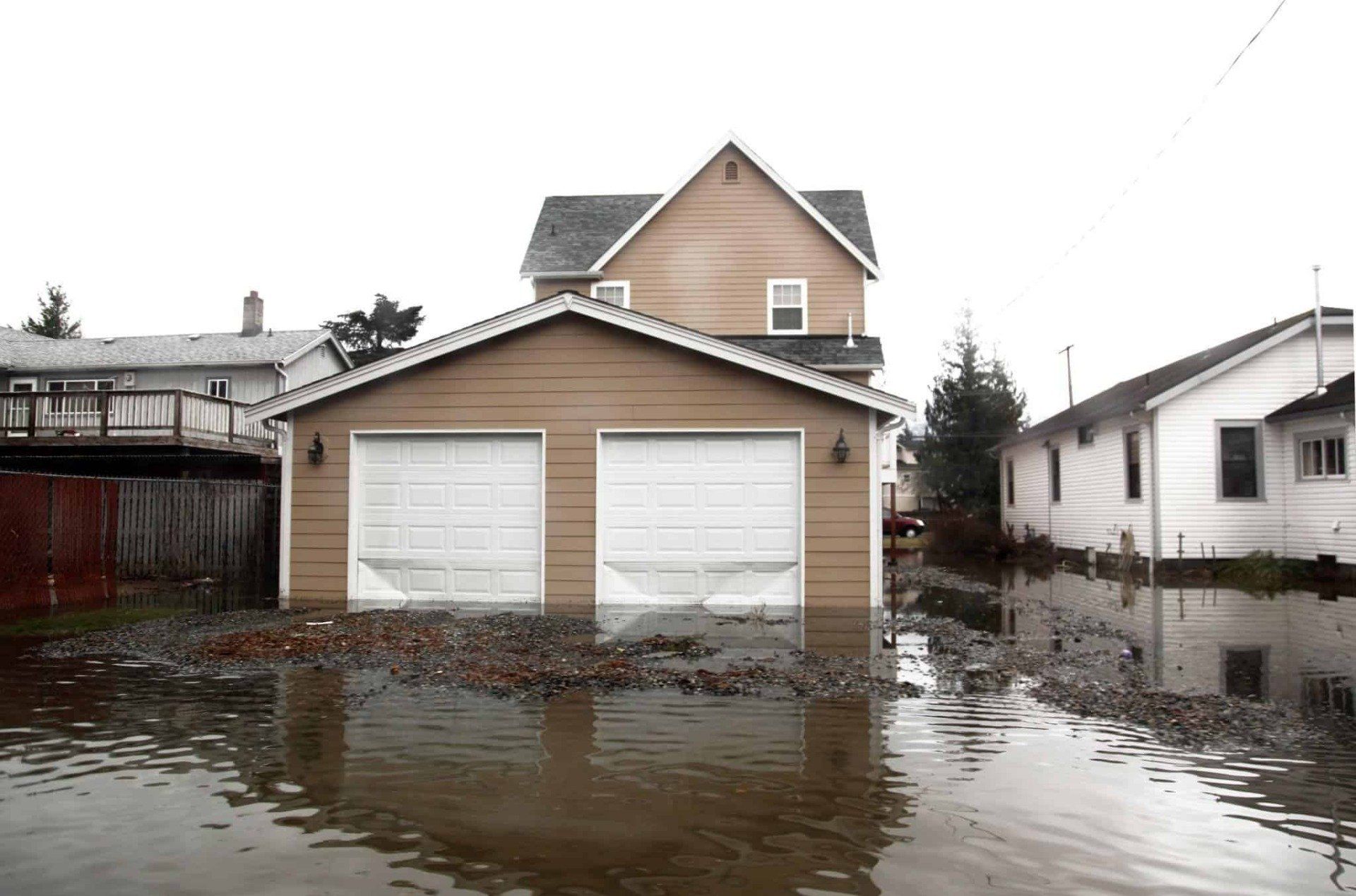5 WAYS TO PREVENT YOUR BASEMENT FROM FLOODING
Spring is almost here and with it usually comes a lot of rain. Heavy storms and rain can cause your foundation to be saturated, causing water to seep into your foundation. A flooded basement can be devastating and cause a lot of damage. Taking steps to prevent flooding in the first place is worth your consideration.
Steps to Reduce Your Chances of Flooding
Now is the time to look around your home for conditions that could lead to flooding and take steps to eliminate them.
1. Inspect Gutters and Downspouts
The gutters on your house are there to catch rain from the roof and route it into downspouts and away from the home’s foundation. If there are cracks in the gutters or downspouts, you should repair or replace them. This also applies if they have torn away from the fascia; you’ll need to reattach them.
Make sure the downspouts are also in good condition and that they direct the water at least three feet away from the foundation. If not, replace them or add an extension.
Finally, clean out all debris from the gutters. Even if you cleaned them in the late fall, there can be lots of accumulated twigs, birds' nests, etc. that can block a steady flow of water. There are some gutters that are advertised to never clog; however, there can still be gunk or debris that gets through.
2. Fix Foundation Cracks
Your foundation and basement walls may have developed cracks that can let water in. If the foundation cracks are small, you can use epoxy to fill them yourself. Masonry sealer can be used to seal any small interior basement cracks. If the cracks are too large for you to completely seal yourself, you should consult with a professional.
3. Consider a Sump Pump
If your basement floods frequently, you might want to consider having a sump pump installed. A sump pump will detect excess water in the ground and move it up and away from the house before it gets inside the basement.
4. Check the Water Heater
Regularly check the condition of your water heater. Look for any signs of leaks around it. Check for rust on the surface or discoloration in the water. Small leaks can grow quickly, so if you notice any signs of water, call a plumber ASAP.
5. Inspect Your Plumbing
There is a huge system of pipes running through your basement, likely in the ceiling or behind drywall. A typical layperson may not realize that there’s a plumbing issue until the pipes burst. If you feel confident that you can detect any problems yourself, go for it. If you have doubts, call a professional plumber who has the tools and knowledge to check for any malfunctions.
What to Do if the Basement Floods
Taking steps to prevent basement flooding can definitely reduce the chance of flooding. However, sometimes nothing you do can stop the flooding from torrential rain, burst pipes, or broken sump pumps from infiltrating your basement. If that happens, you’ll need to act fast to keep the situation from getting worse. Here are some tips on what to do if you find yourself in this situation.
1. Safety First!
Do NOT risk walking through standing water if the power is still on. Shut off all utilities in the area. If you aren’t sure how to do so, contact a professional electrician.
There may also be biohazardous materials in the water, depending on the source. If so, it’s wise to leave the cleanup entirely to a qualified water restoration company. They have the tools, equipment, and knowledge to safely enter the premises for cleanup.
2. Track the Source
Once you’ve determined that it’s safe to enter the premises, track down where the water is coming from. Make sure you wear protective clothing like boots, gloves, and goggles. If possible, stop the influx of water to abate the flooding.
3, Remove the Water
If the flooding is minor, you may be able to clean up water with mops, towels, or a wet vac. Use heavy-duty fans and open windows, if possible, to help dry out excess moisture.
4. Salvage Belongings
Remove any wet items from containers and dry them out completely, if possible. Letting them air dry can work if they haven’t been saturated for too long. Putting papers in the freezer can also help remove moisture. Clothing can be laundered or dry-cleaned. Furnishings may require professional cleaning. Extensive flooding on carpeting and drywall may render them unsalvageable.
5. Call the Professionals
After a major flood, the damages may be so extensive that you need a professional cleaning and restoration specialist. St. Louis Cleaning and Restoration has the equipment and expertise to clean up the premises and your possessions and restore them to their former condition.
Because prompt attention is critical to preventing further damage and mold growth, St. Louis Cleaning and Restoration offers 24/7 emergency response services when you need them.
Phone:
(314) 428-3600
Email: info@stlcandr.com
Business Hours: Monday - Friday: 8A-5P
Saturday & Sunday: Closed
